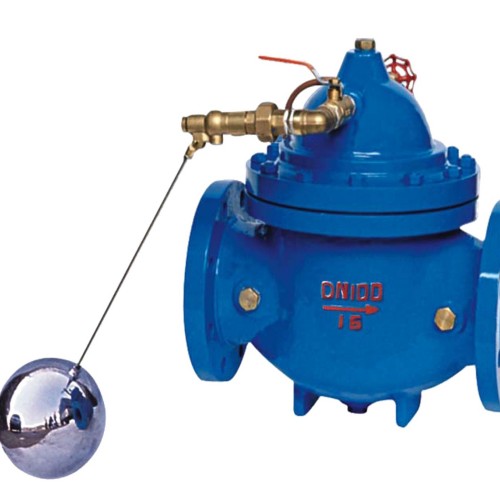Needle Valve with Pressure Gauge for Precise Fluid Control and Monitoring System
Needle Valve with Gauge A Comprehensive Overview
In various industrial applications, precise control of fluid flow is essential. One of the most effective tools in achieving this level of control is the needle valve, often used in conjunction with a gauge. This combination provides operators with the ability to finely adjust flow rates while continuously monitoring pressure or flow conditions.
What is a Needle Valve?
A needle valve is a type of valve with a slender, tapered point at the end of a valve rod, which allows for precise adjustments to fluid flow. Unlike standard valves that can open or close completely, the needle valve allows for incremental changes in flow, making it ideal for applications requiring careful regulation. When the valve is turned, the needle moves in or out of the valve seat, effectively changing the size of the opening through which the fluid passes. This design is particularly advantageous in systems where minimal adjustments can lead to significant changes in system performance.
Importance of Gauges
Gauges, on the other hand, are instruments used to measure and display pressure or flow rate in a system. When integrated with needle valves, they create a powerful tool for operators. The ability to see real-time data on pressure or flow allows for better decision-making and enhances overall system efficiency. Operators can quickly identify issues, such as fluctuations in pressure that could indicate leaks or blockages, and respond accordingly.
Applications of Needle Valves with Gauges
The combination of needle valves and gauges finds application in numerous industries, including oil and gas, water treatment, pharmaceuticals, and laboratory settings. For instance, in the oil and gas industry, maintaining precise control over the flow of hydrocarbons is critical for safety and efficiency. Needle valves enable operators to finely tune flow rates, while gauges provide immediate feedback on system pressures, ensuring operations remain within safe limits.
needle valve with gauge

In laboratory settings, experiments often require specific conditions, including controlled fluid flow. Here, the needle valve's ability to provide consistent flow rates is invaluable, while gauges help researchers achieve desired experimental parameters.
Benefits of Using Needle Valves with Gauges
1. Precision Control The main advantage of using a needle valve is its ability to provide precise control over fluid flow. This precision is crucial in processes where small changes can have significant impacts.
2. Real-Time Monitoring The addition of a gauge allows operators to monitor system conditions in real-time. This capability is essential for maintaining safety and efficiency in operations.
3. Reduced Risk of Cavitation Needle valves help minimize the risk of cavitation, a phenomenon that can damage valves and pumps. By allowing for gradual adjustments, operators can maintain optimal flow conditions and protect equipment.
4. Easy Maintenance Most needle valves are designed for easy maintenance and replacement, which is a significant advantage in fast-paced industrial environments. Coupled with gauges, which often have built-in testing mechanisms, the overall system can be monitored without extensive downtime.
Conclusion
In conclusion, the integration of needle valves with gauges is a powerful combination that enhances the ability to control and monitor fluid systems in various industries. With their precision, ease of use, and ability to prevent equipment damage, needle valves coupled with gauges offer significant advantages. As industries continue to demand higher efficiency and safety standards, the role of these components will only grow in importance. Therefore, understanding their functionality and applications is crucial for anyone involved in fluid dynamics, process engineering, or industrial operations.
-
The Key to Fluid Control: Exploring the Advantages of Ball Valves in Industrial SystemsNewsJul.09,2025
-
The Versatile World of 1, 2, and 3 Piece Ball ValvesNewsJul.09,2025
-
Stainless Steel Ball Valves: The Ideal Choice for Efficient Flow ControlNewsJul.09,2025
-
Optimizing Fluid Control with Ball Float ValvesNewsJul.09,2025
-
Manual Gate Valves: Essential for Control and EfficiencyNewsJul.09,2025
-
Everything You Need to Know About Butterfly ValvesNewsJul.09,2025
-
The Versatility of Wafer Type Butterfly ValvesNewsJul.08,2025




